|
This overview comes in very handy when you want to correlate the coronary arteries territories with wall motion abnormalities found on echocardiography.
Thanx to Sam Ghali aka @EM_RESUS for this post on Twitter. This is a picture of an ICU monitor... Question: What is going on here and what would you do first? For the answer click 'read more'  Doctors get thought many things that must be done in one sort of way and we do many things because we were thought so! Sometimes it is important though to question standard procedures especially as our knowledge grows rapidly over time. It's only a couple of years ago many anaesthetists were thought to insert central lines 'blindly' by using anatomical landmarks. X-rays confirmed line placement, ideally in the lower part of the superior vena cava, and excluded complications like a pneumothorax. Line placement in the right atrium was said to cause cardiac perforation and accidental placement in the contralateral subclavian vein often led to re-insertions of new lines. But important questions remains: Is this all really true? What actually do we know? PulmCrit.org looked into this issue and just posted an excellent little review. Their bottom line is:
Read their post here Recovered from an old hard disk we proudly present a collection of medical mnemonics that were collected in the year 2000. Some of them might be a little outdated, but remain helpful for all students and newcomers... and it proves, the idea of open access meducation existed then already. Feel free to share!
One frequent problem that occurs when intubating over a bougie is that you might get caught with the tip of the endotracheal tube (ETT) in the epiglottic area and therefore can't advance into the trachea.
When you look at the ETT the way it is fabricated you will notice, that the distal opening is shaped angularly and the foremost tip of the tube is on the right. This tip has a good chance of getting caught at one of the structures in the epiglottic region. The simplest solution is to retract the tube a little and perform an anti-clockwise turn. In case of failure to intubate by DL or VL prehospitalmed.com has provided two excellent videos on alternative ways to intubate successfully: - Intubation through a laryngeal mask - Retrograde Intubation |
SearchTranslateSelect your language above. Beware: Google Translate is often imprecise and might result in incorrect phrases!
|
||||||

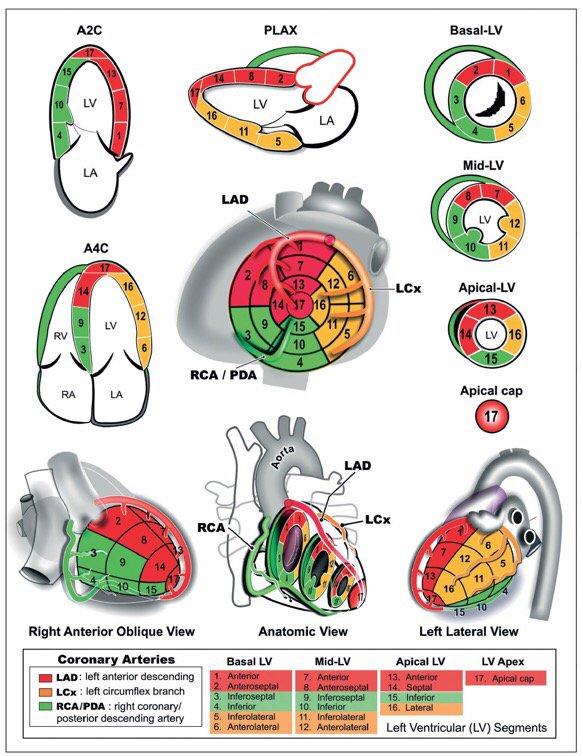
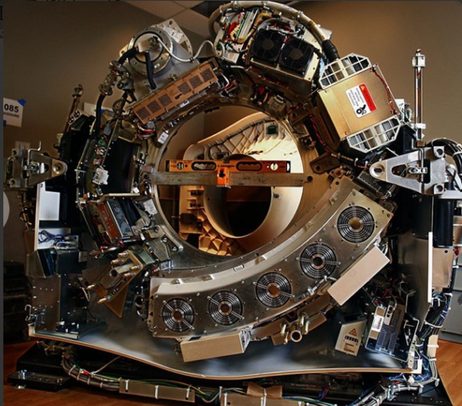

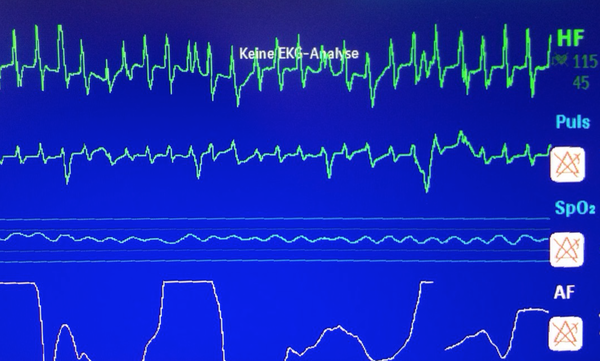
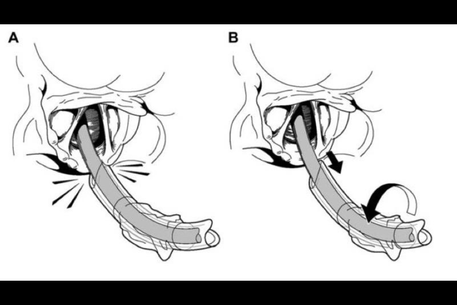
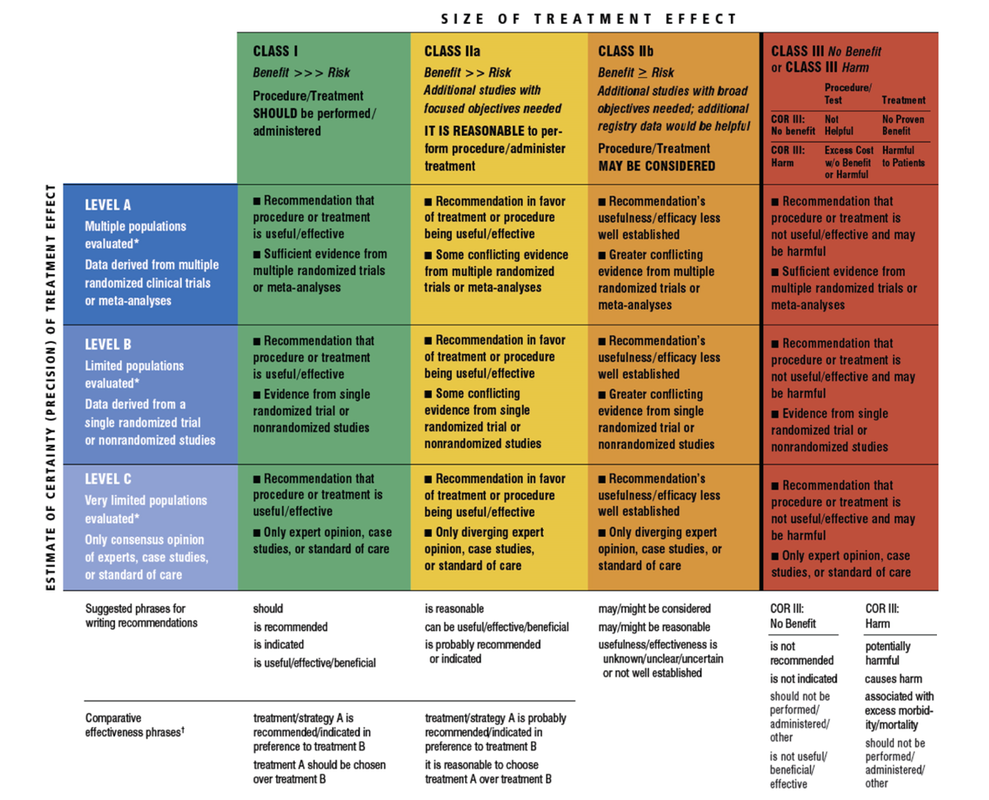
 RSS Feed
RSS Feed


